HotSpots H2O: Embattled Northwest Syria Sees First Covid-19 Case
Syrian refugee camp. Photo courtesy of DFID/Wikimedia Commons.
The first case of Covid-19 has been confirmed in northwestern Syria, sparking fears about the spread of the disease in the embattled region where water is scarce.
Aid groups are imploring the parties of the Syrian civil war to maintain a fragile ceasefire, which will allow greater focus on fighting Covid-19. In the past, ceasefires in the country have deteriorated quickly.
Sonia Khush, Syria response director for the humanitarian organization Save the Children, calls the emergence of Covid-19 a “major blow to the millions of civilians – mainly women and children” in the area.
“Syria is now in its tenth year of conflict with a decimated health system,” Khush said in a statement last week. “In the North-West, there are just 153 ventilators and 148 beds in intensive care units for a population of millions. It is also home to more than 1.5 million displaced people, many of whom have moved multiple times. A wider Covid-19 outbreak would see families who are already fighting for survival – many without clean water or nutritious food – battle this highly infectious disease in overcrowded camps and shelters.”
Conditions are deplorable in many camps and shelters across northern Syria, including the al-Hol camp for women and girls, which was dubbed “the most dangerous camp in the world” by the U.S.-backed Autonomous Administration of North and East Syria. Clean water is scarce; latrines are overflowing or nonexistent. The lack of safe water and poor hygiene overall make residents of the camps especially vulnerable to the spread of disease.
Even Syrians who are not displaced face grim obstacles to clean water. A recent report by the Action on Armed Violence details the disintegration of Syria’s aquifers and water infrastructure.
A rapid expansion of farmland in the early 2000s began to deplete the country’s water supplies. Water access in the country was further jeopardized when civil war broke out a decade later. An estimated 35 percent of all water treatment plants had been damaged by 2014, and the situation has deteriorated further, with attacks on infrastructure and widespread water cuts a common occurrence.
The dire situation is now at risk of worsening if Covid-19 can’t be contained. Aid groups and officials are rushing to provide additional water and distribute tanks, and a large-scale education campaign about the risks and prevention of Covid-19 is underway.
Kayla Ritter is a recent graduate of Michigan State University, where she studied International Relations and Teaching English to Speakers of Other Languages. She is currently based in Manton, Michigan. Kayla enjoys running, writing, and traveling. Contact Kayla Ritter

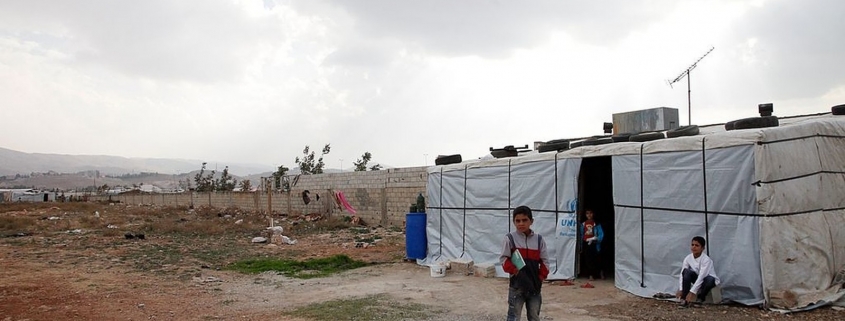
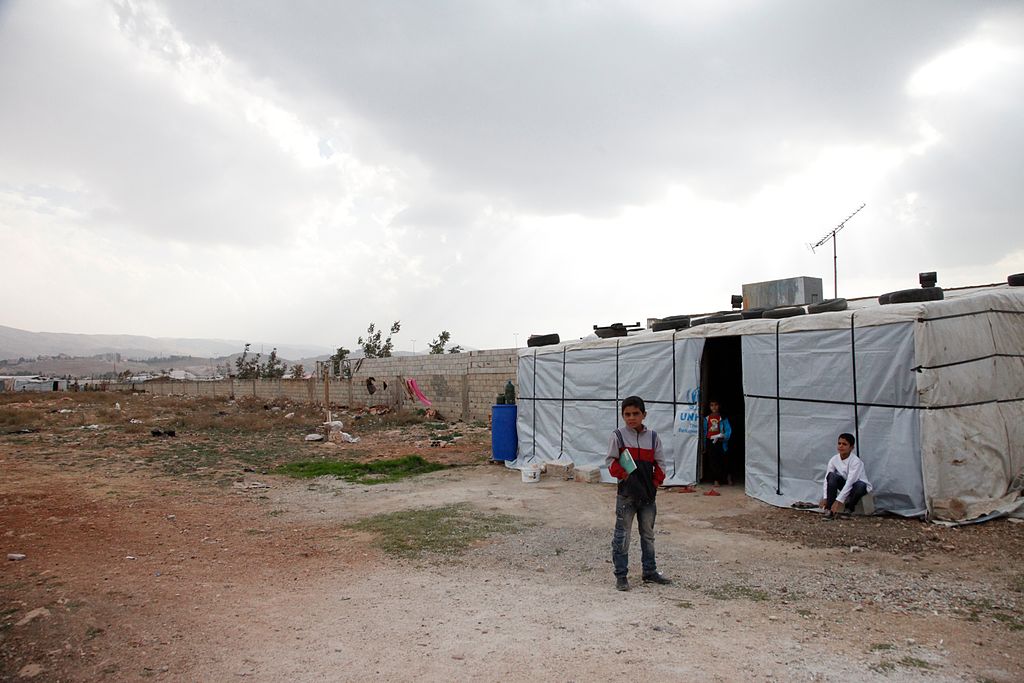

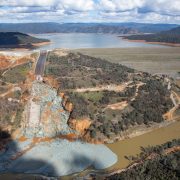
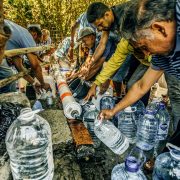
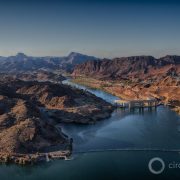
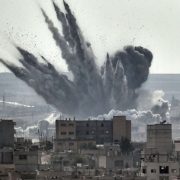
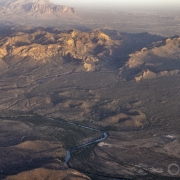 © J. Carl Ganter / Circle of Blue
© J. Carl Ganter / Circle of Blue 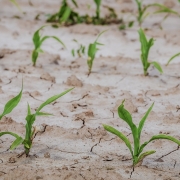


Leave a Reply
Want to join the discussion?Feel free to contribute!